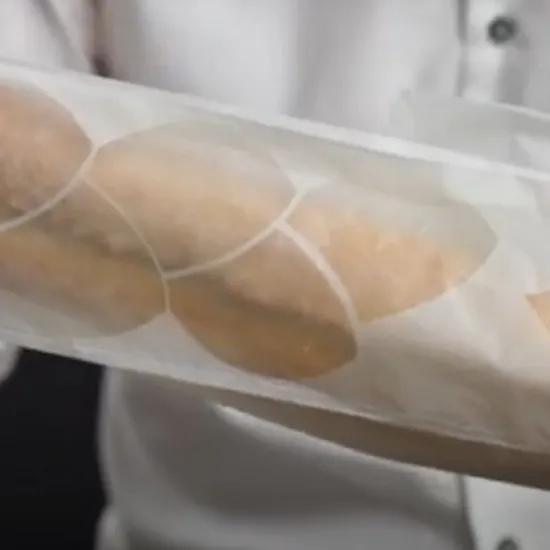There is an increasing demand from the chemical sector for the use of biomass as a source for chemical products and processes. Therefore the focus now lies on improving current processes and regular research into the use of new forms of biomass. What is bio-based, what is the state-of-affairs and how is it validated?
You can read more about what is bio-based in our first white paper "Bio-based coatings, an opportunity for a durable world.
What is bio-based?
Bio-based or bio-based products refer to chemicals, raw materials and materials produced from (non-food) renewable biomass. These are considered as an alternative to traditionally produced products based on fossil sources, such as oil and gas.
Biomass is a collective term for organic material originating from crops, plants, trees and animals. Because plants and trees can be replanted, this biomass is considered renewable. This biomass can consist of residual flows from agriculture, food production or forestry, ideally in the form of waste products. |
One way is to convert this biomass into energy (heat, electricity) by combustion. At present, about 10 percent of the earth's energy needs are derived from biomass.
However, biomass is rich in carbohydrates and fats and can be converted to other chemical components by fermentation and extraction in bioreactors. The best-known examples are the making of bioethanol and biodiesel. Fermentation processes are used to produce bioethanol from sugar cane, sugar beet and corn and biodiesel by extraction of oilseeds (rapeseed).
Bio-content in chemical products and processes
There is an increasing demand from the chemical sector for the use of biomass as a source for chemical products and processes. There is therefore a strong focus on improving current processes in biorefineries - and frequent research into the use of new forms of biomass. Examples are the use of lignin-containing residual flows from wood or even the use of algae and micro-organisms. Expectations are that these processes will be further optimised and eventually exploited by large chemical concerns.
The conversion of renewable biomass into intermediates, chemicals and end products takes place via complex chemical processes that are often adapted to the biomass used. Bio-based products are often processed together with fossil-based chemicals to produce high-quality compounds. The amount of material from biomass that can be used determines the final percentage of bio-based fraction, expressed as bio-content.
The bio-content is expressed as the percentage of organic carbon in relation to the total organic carbon content and is determined by a 14C method according to ASTM D6866.
Current alkyd and acrylic resins, used as the basis for 1-component paints, can be produced with high bio-content (> 40%). For 2-component, polyurethane and epoxy based systems, this content is more often limited because there are few alternatives to produce the hardener from bio-based materials. The aromatic groups present in epoxy resins are also a limitation, as they are not present in most crops. However, it is expected that renewed processes and the use of new biomass such as lignin will make it possible to produce paints and coatings with higher bio-content.
How is bio-based validated?
Certification and labelling systems based on European standards make it possible to communicate the properties of bio-based products in a clear and unambiguous way. Therefore, building on EU initiatives, the EU should refer to existing standards and labels for the definitions of bio-based products in official communications, such as certificates for bio-based content and labels based on the European standard EN 16785-1:2015.
Coating developers really do want to incorporate the new bio-based raw materials in their coatings, but the start-up is complex, time-consuming and expensive, while the know-how is still missing. The Sirris and Centexbel BioCoat project aims to accelerate the transition to bio-based coatings based on industrially available bio-building blocks by providing coating companies with knowledge about formulation, application, performance and applications. Want to know more about bio-based coatings and paints?Download our free white paper |





